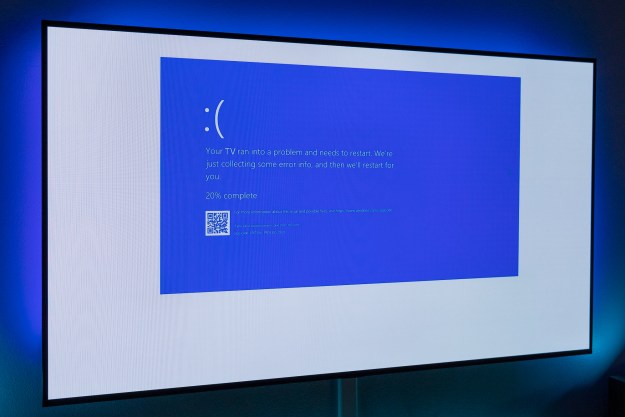Online scams are nothing new, and nor are the so-called “pump and dump” schemes, aimed to boost the price of a relatively worthless stock before those who own it sell it at a profit. ButTuesday brought an unprecedented spam campaign on behalf of one stock from a company called Prime Time Group (PTG), which specializes in selling wireless products to young people. The campaignwas so large that security group Sophos saw the amount of spam in its global traps rise by approximately 30%. There’s been a slow rise in pump anddump spam, which now represents 25% of all spam e-mail, a build up of 0.8 since January 2005, but this amount of spam represented a significant spike. “On Tuesday, August 7, we saw aspike in the amount of spam being captured in our filters,” Ron O’Brian, a Sophos security analyst, told TechNewsWorld. “The spike of about 30percent was directly attributed to a campaign that targeted a company called Prime Time Group.” The email spam contained a .pdf attachment that promoted the stock and PTG. Somewho read it would undoubtedly think the mail came from an objective third party and invest. In fact, the mail originates from those who have a lot to gain from a rise in the company’s shareprice, since they’ve bought a lot of it. As soon as the price increases, they dump it at a profit, and the prices falls again, leaving newer investors with something that’s essentiallyworthless. The U.S. Security and Exchange Commission has suspended trading in 35 different companies regularly involved in pump and dump scams. Ofcourse, worthless stocks aren’t the only problem with these e-mails. Often the attachments contain malware, which turns the recipient’s computer into a zombie which can be used –without the owner’s knowledge – to send more spam.
Editors' Recommendations
- This PS5 Pro leak reveals a massive jump in performance
- How to unsubscribe from unwanted emails and newsletters
- Hurry! Dell XPS 15 with a massive 64GB of RAM is $510 off right now
- Nvidia’s RTX Super might be a massive boost at no extra cost
- This massive exploit lets hackers breach apps like Chrome, 1Password, and Telegram




